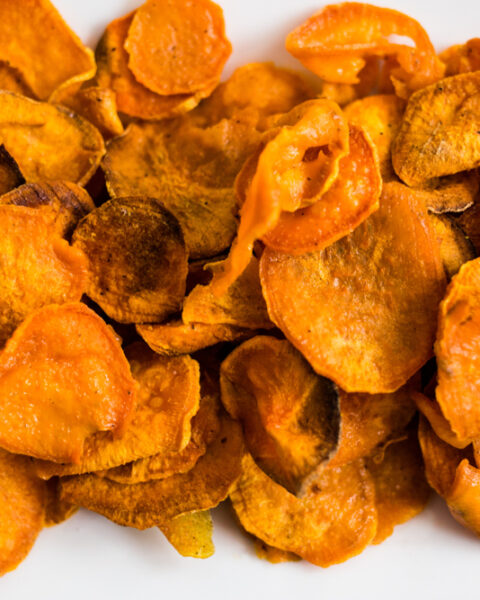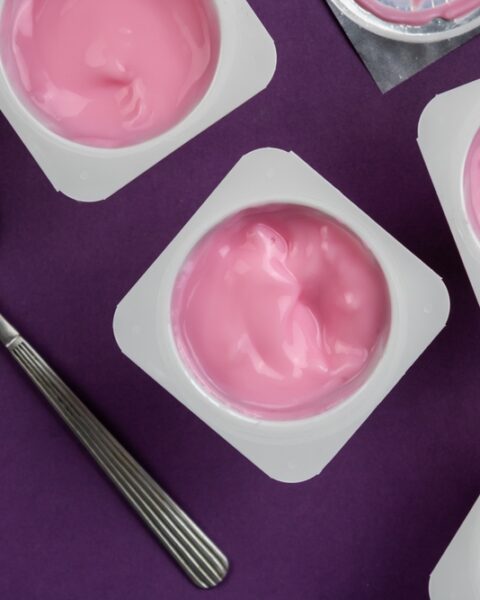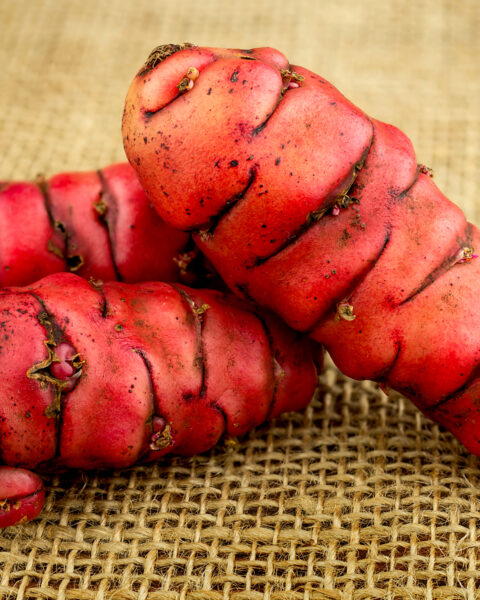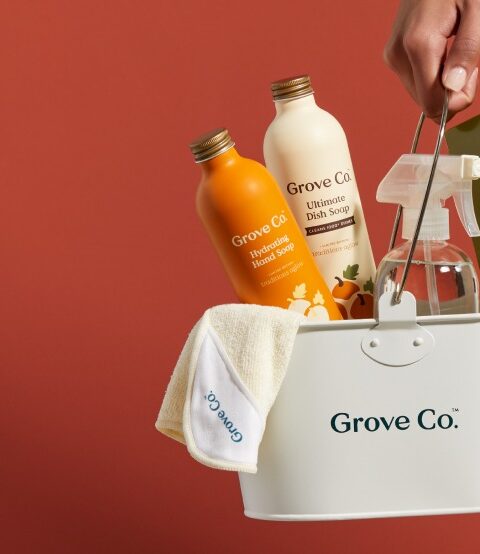Feeling sluggish or battling constant fatigue? It might be time to boost your iron intake. Iron is essential for keeping your energy levels up, as it helps your body produce red blood cells that carry oxygen throughout your system. Without enough iron, you can end up feeling drained and tired all the time. Luckily, there are plenty of delicious iron-rich foods that can help you recharge and keep fatigue at bay.
Contents
- 1 Spinach
- 2 Lentils
- 3 Red Meat
- 4 Chicken Liver
- 5 Tofu
- 6 Quinoa
- 7 Oysters
- 8 Dark Chocolate
- 9 Pumpkin Seeds
- 10 Chickpeas
- 11 Turkey
- 12 Sardines
- 13 Fortified Cereals
- 14 Black Beans
- 15 Eggs
- 16 Potatoes
- 17 Cashews
- 18 Peas
- 19 More From RetailShout
- 20 15 Foods People Secretly Dislike but Pretend to Love
- 21 13 Spooky Trader Joe’s Finds Customers Can’t Get Enough of This Fall
Spinach
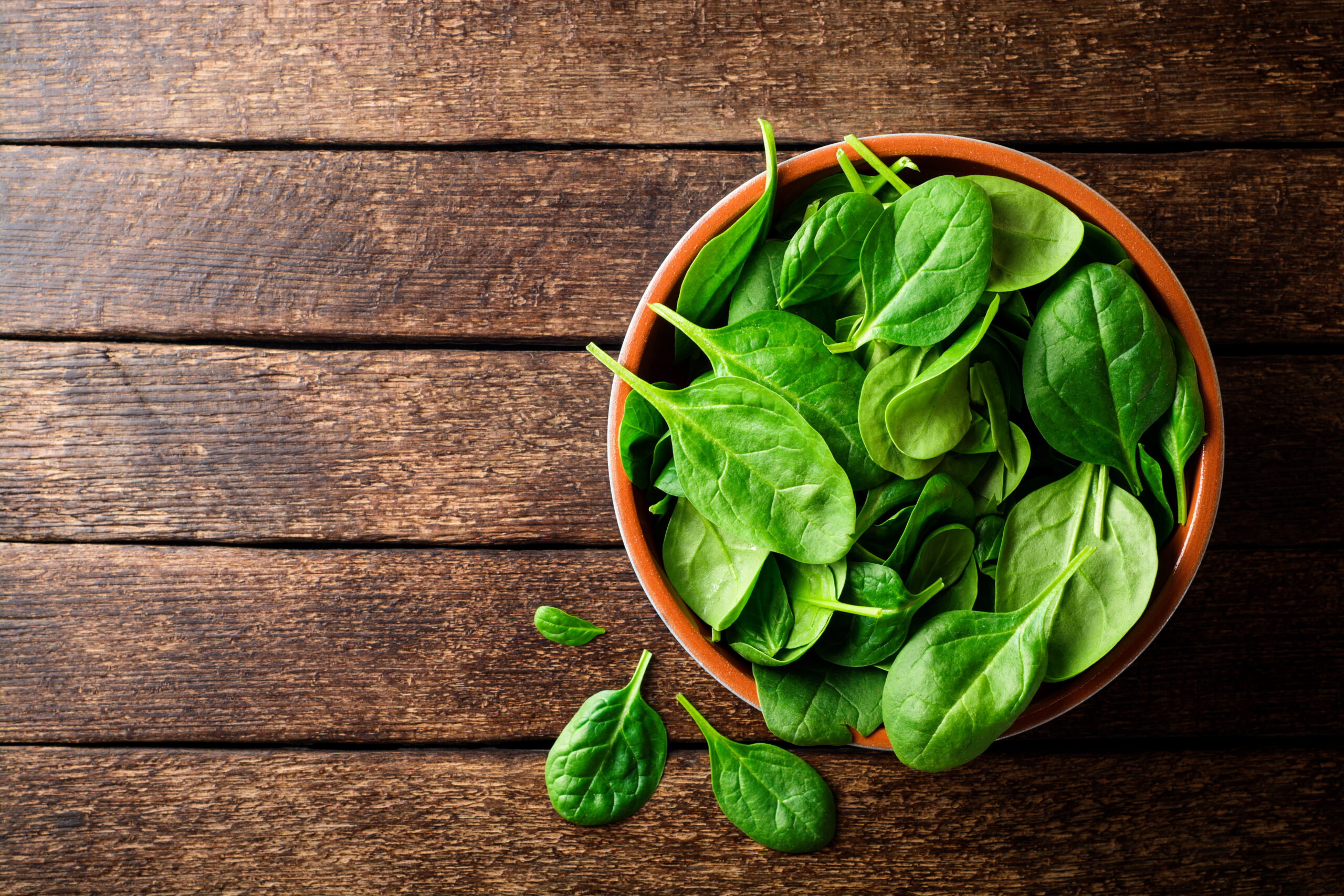
Spinach is a powerhouse of nutrients, and one of the best plant-based sources of iron. One cup of cooked spinach provides about 6.4 mg of iron, which can significantly boost your energy levels. Additionally, spinach contains vitamin C, which helps your body absorb iron more efficiently. For maximum benefit, pair spinach with a vitamin C-rich food, like oranges or bell peppers. Incorporating spinach into your diet through salads, smoothies, or cooked dishes can make a noticeable difference in your energy.
Lentils
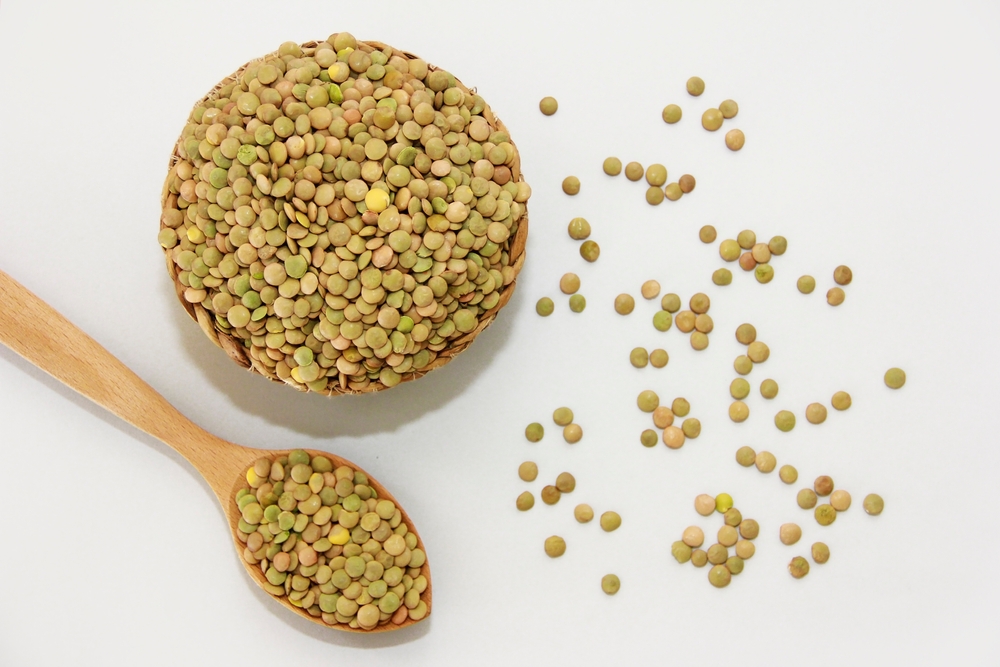
Lentils are a versatile legume that packs a strong iron punch, offering about 6.6 mg of iron per cooked cup. They are also high in protein and fiber, making them an excellent choice for those looking to improve overall health. The iron found in lentils is non-heme, meaning it’s plant-based, but pairing it with foods rich in vitamin C can increase absorption. Lentils can easily be added to soups, stews, or salads for a nutrient-rich meal. Regular consumption can help sustain energy and combat fatigue.
Red Meat
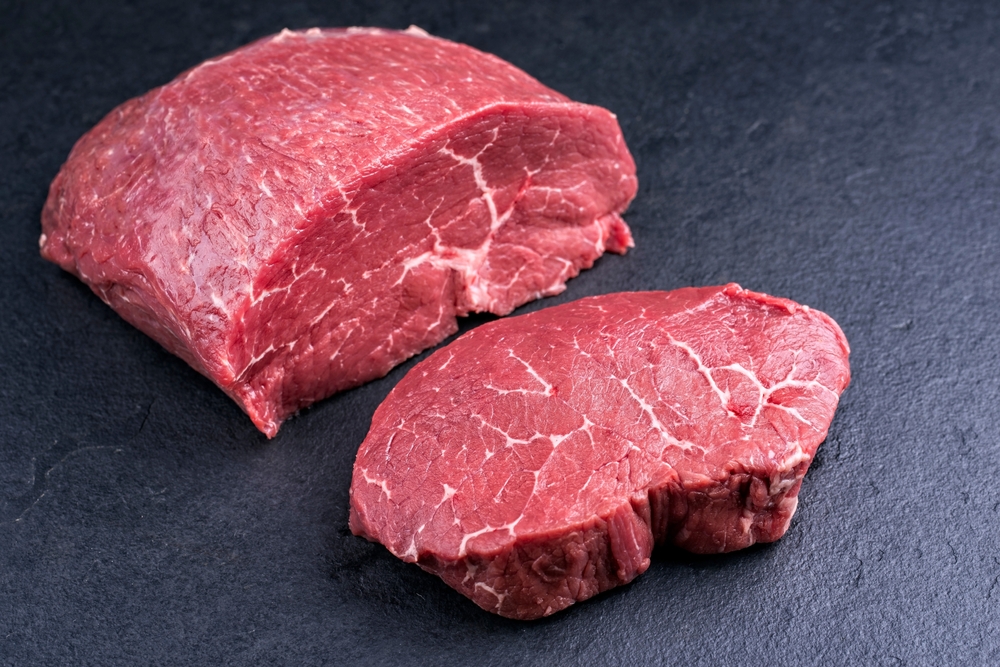
Red meat, particularly beef and lamb, is one of the best sources of heme iron, the type that’s more easily absorbed by the body. A 3-ounce serving of beef provides about 2.1 mg of iron. This type of iron is crucial for individuals who are prone to anemia or suffer from chronic fatigue. While it’s important to consume red meat in moderation, its high bioavailability of iron makes it a valuable addition to a diet aimed at combating fatigue. Combining red meat with leafy greens can offer a balanced approach to improving energy levels.
Chicken Liver
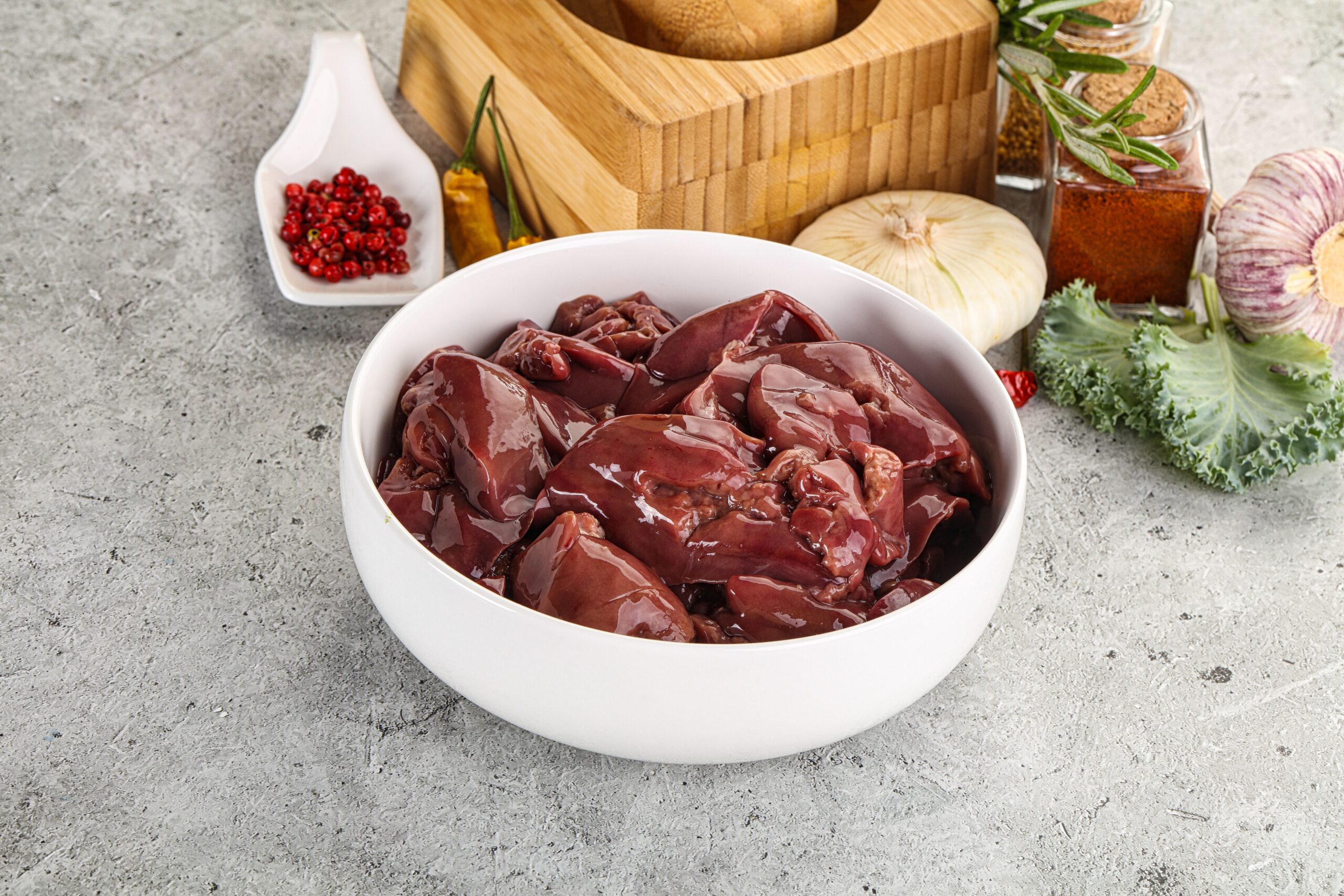
Chicken liver is one of the richest sources of iron, with a single 3.5-ounce serving providing around 9 mg of iron. It’s a great option for those looking for a significant boost in their iron intake, especially for individuals who prefer organ meats. Liver is also packed with vitamin B12, which further supports energy production. Including liver in your diet once or twice a week can make a noticeable difference in energy levels. It can be sautéed or added to pâtés for an easy way to get more iron.
Tofu
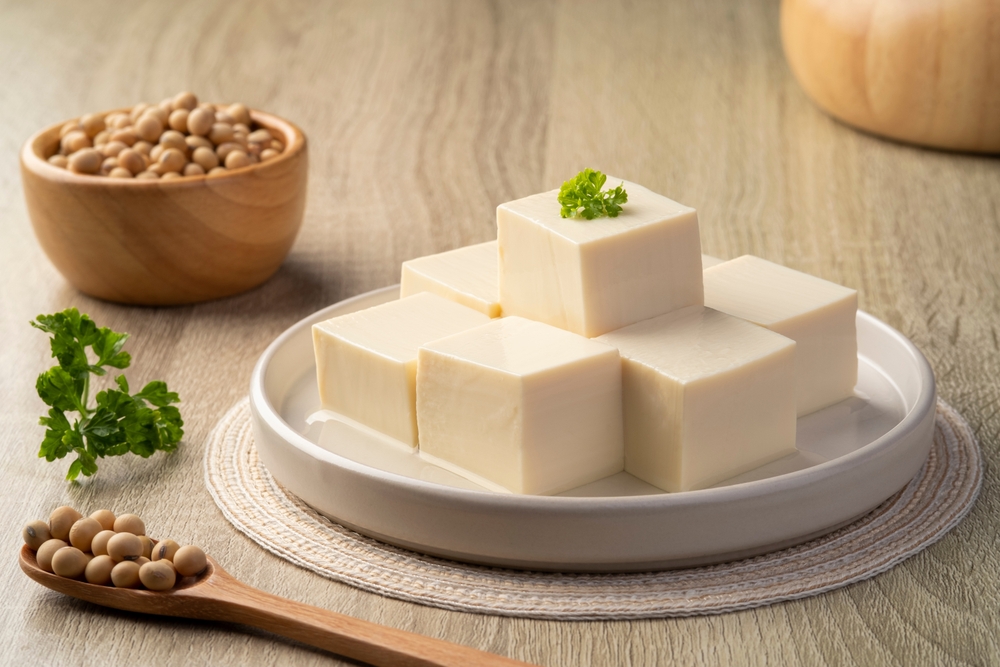
Tofu is a fantastic option for vegetarians and vegans seeking an iron-rich food. A half-cup serving of tofu provides about 3.4 mg of iron. This plant-based protein is highly versatile and can be incorporated into various dishes, from stir-fries to salads. Like other plant-based sources, pairing tofu with vitamin C-rich foods will help increase iron absorption. Regular consumption of tofu can help prevent iron deficiency, especially in individuals following a plant-based diet.
Quinoa
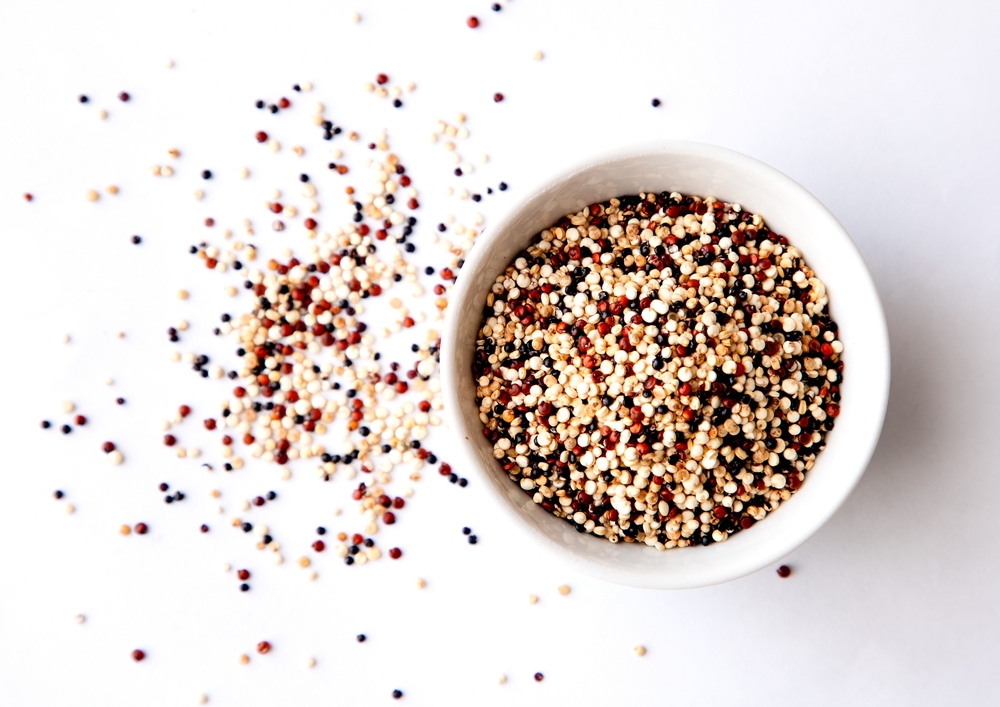
Quinoa is a nutrient-dense grain that contains about 2.8 mg of iron per cooked cup. It’s also rich in protein and contains all nine essential amino acids, making it a complete protein source. This makes quinoa particularly beneficial for those who experience fatigue due to low iron levels. It can be used as a base for salads, side dishes, or even breakfast bowls. Quinoa’s versatility and nutritional profile make it an easy addition to your diet to help combat fatigue.
Oysters
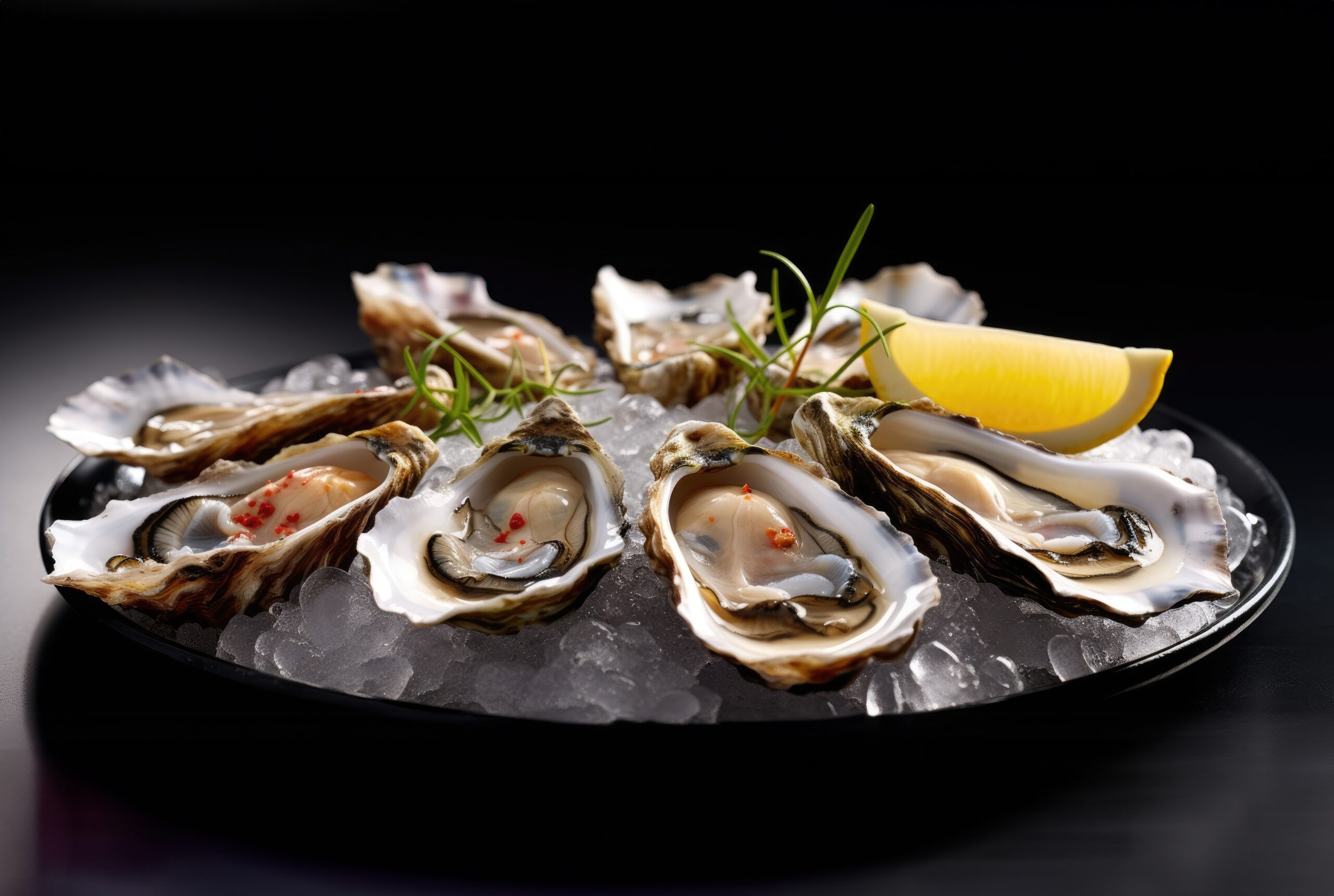
Oysters are another seafood option that is packed with iron, offering around 7 mg of iron per 3-ounce serving. This makes them an excellent choice for those who enjoy shellfish and are looking to increase their iron intake. Oysters also provide other important nutrients like zinc and vitamin B12, which contribute to maintaining high energy levels. They can be consumed raw, steamed, or grilled, providing a tasty way to incorporate more iron into your diet. Their high bioavailability of iron makes them especially effective in combating fatigue.
Dark Chocolate
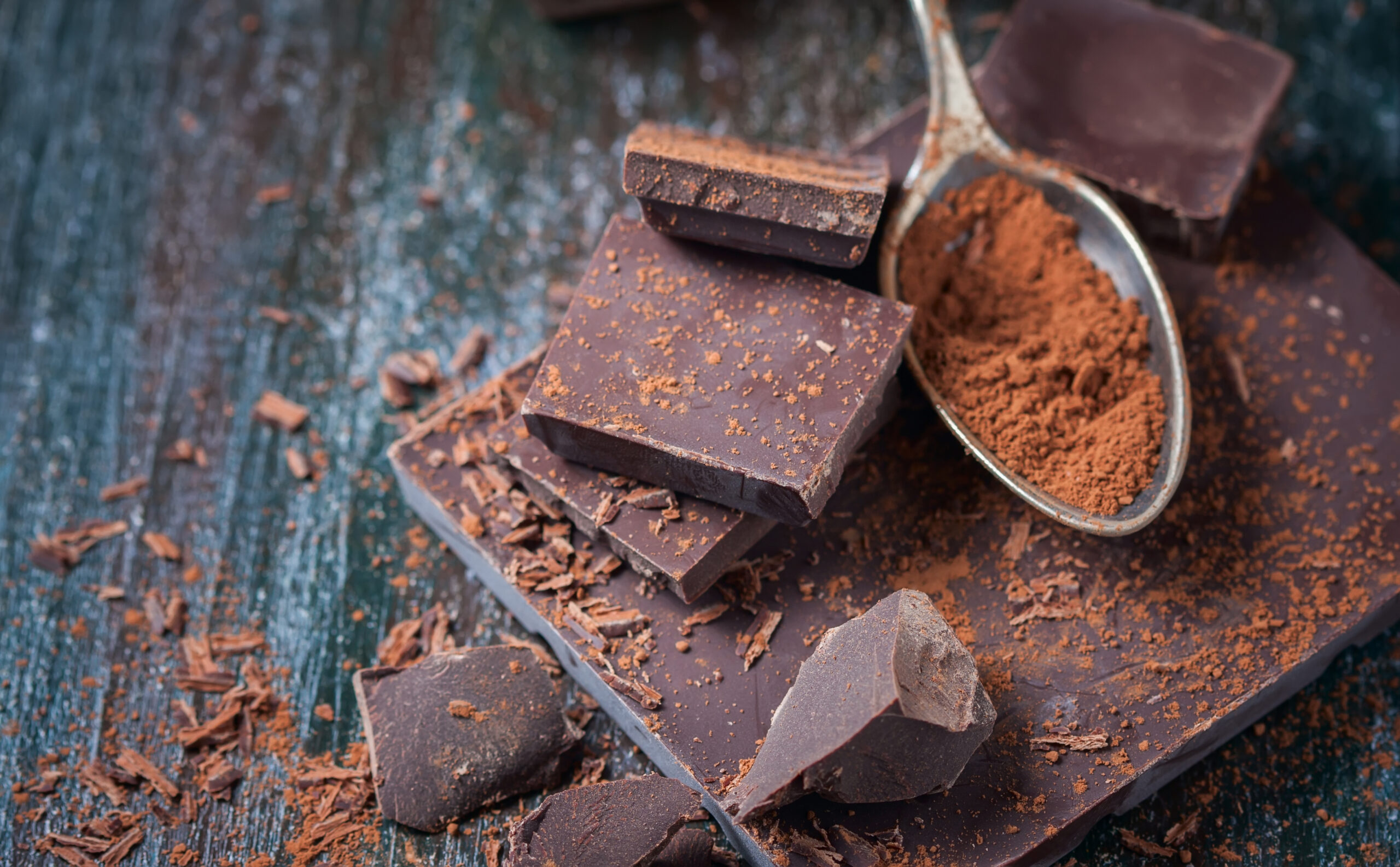
Dark chocolate, especially varieties with at least 70% cacao, contains about 3.4 mg of iron per ounce. Not only is it a delicious treat, but it also provides a surprising boost of iron, which can help reduce feelings of tiredness. Dark chocolate is also rich in antioxidants, which support overall health and vitality. It’s best to enjoy it in moderation to avoid excess sugar intake, but it’s a great option for an occasional energy boost. Incorporating a small amount of dark chocolate into your diet can be both satisfying and beneficial for combating fatigue.
Pumpkin Seeds

Pumpkin seeds are small but mighty when it comes to iron content, offering about 2.5 mg of iron per ounce. They are also a good source of magnesium and zinc, which further support energy production. You can snack on pumpkin seeds, add them to salads, or mix them into trail mix for a nutritious and energizing boost. These seeds are especially beneficial for individuals looking for plant-based sources of iron. Regular consumption can help improve energy and stave off fatigue.
Chickpeas
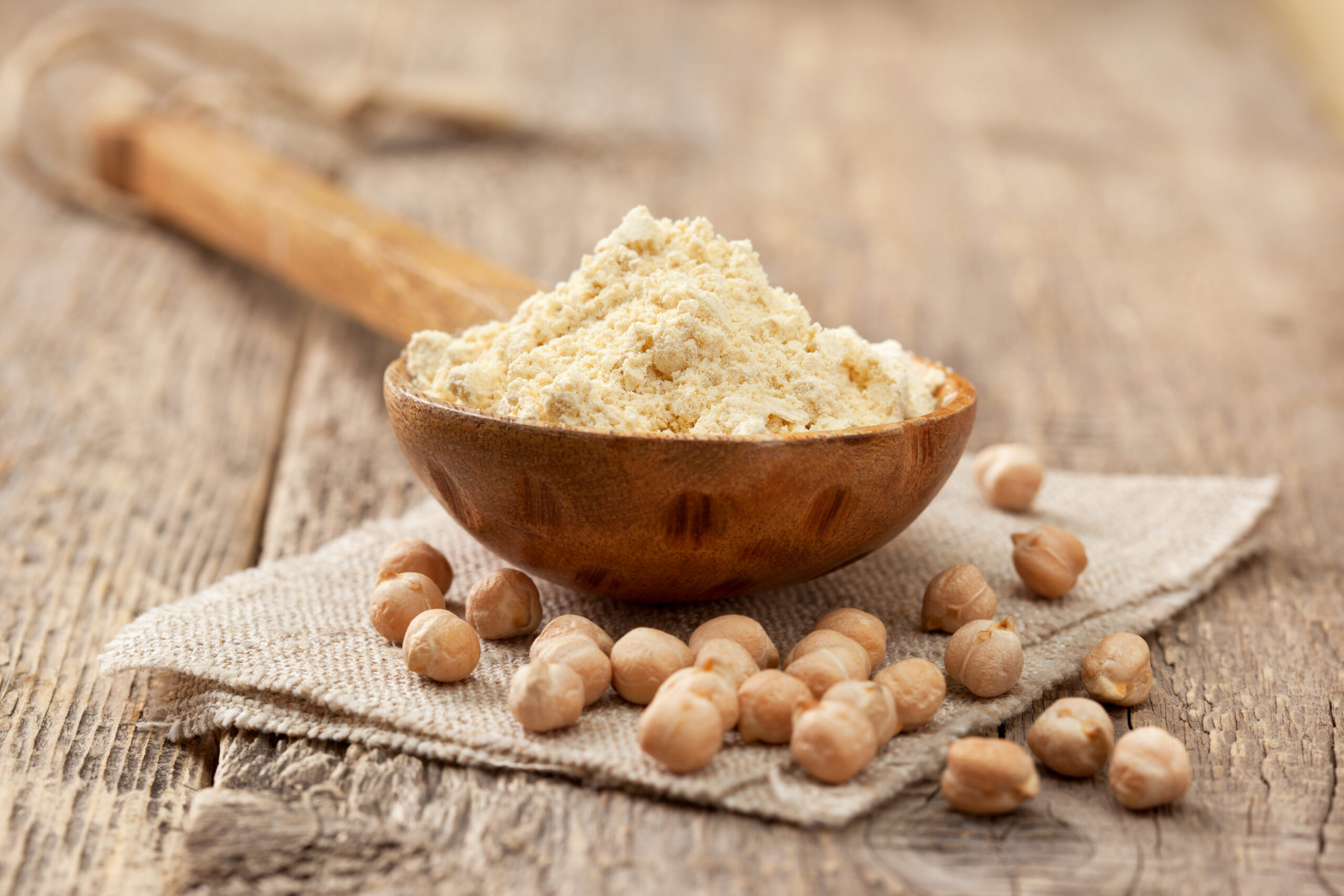
Chickpeas, also known as garbanzo beans, are a great source of non-heme iron, providing about 4.7 mg of iron per cup when cooked. They’re versatile and can be used in a variety of dishes, from hummus to salads and stews. Like other plant-based iron sources, pairing chickpeas with vitamin C-rich foods will enhance absorption. Chickpeas also provide fiber and protein, which can help stabilize energy levels throughout the day. Including them regularly in your meals can reduce the chances of feeling fatigued.
Turkey
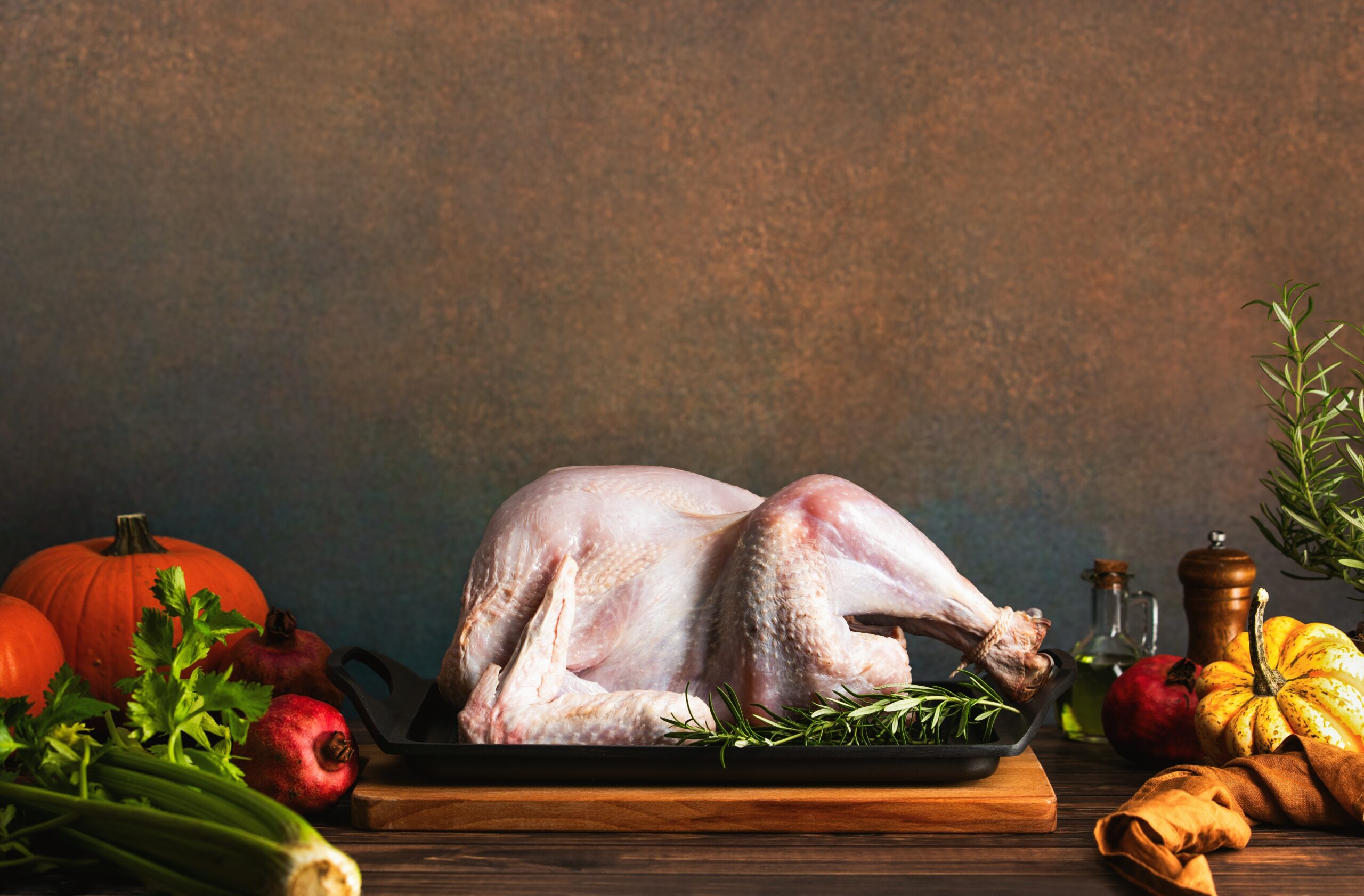
Turkey, particularly dark meat, is another great source of heme iron. A 3-ounce serving of turkey provides about 1.4 mg of iron. In addition to iron, turkey is a lean source of protein, which is vital for muscle repair and energy production. It’s a versatile meat that can be added to salads, sandwiches, or enjoyed as a main course. Incorporating turkey into your diet can help sustain energy levels and reduce fatigue, especially during the colder months when comfort foods are in demand.
Sardines
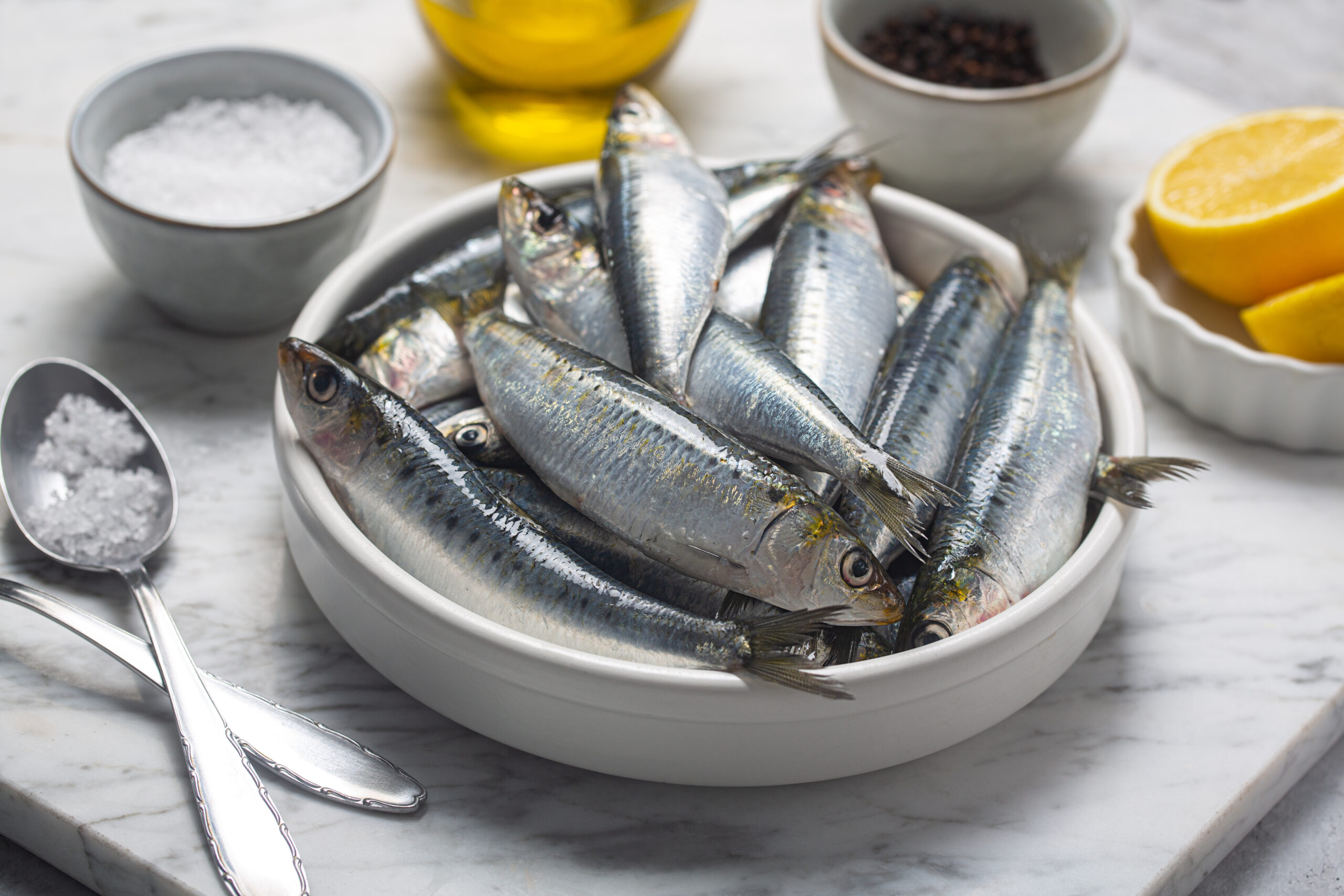
Sardines, particularly canned varieties, provide around 2.5 mg of iron per 3-ounce serving. These small fish are not only rich in iron but also contain omega-3 fatty acids, which support brain function and reduce inflammation. Sardines are an excellent option for those looking for a nutrient-dense, iron-rich food that is easy to prepare. They can be added to salads, served on toast, or eaten as a snack. Regular consumption of sardines can help improve iron levels and overall energy.
Fortified Cereals
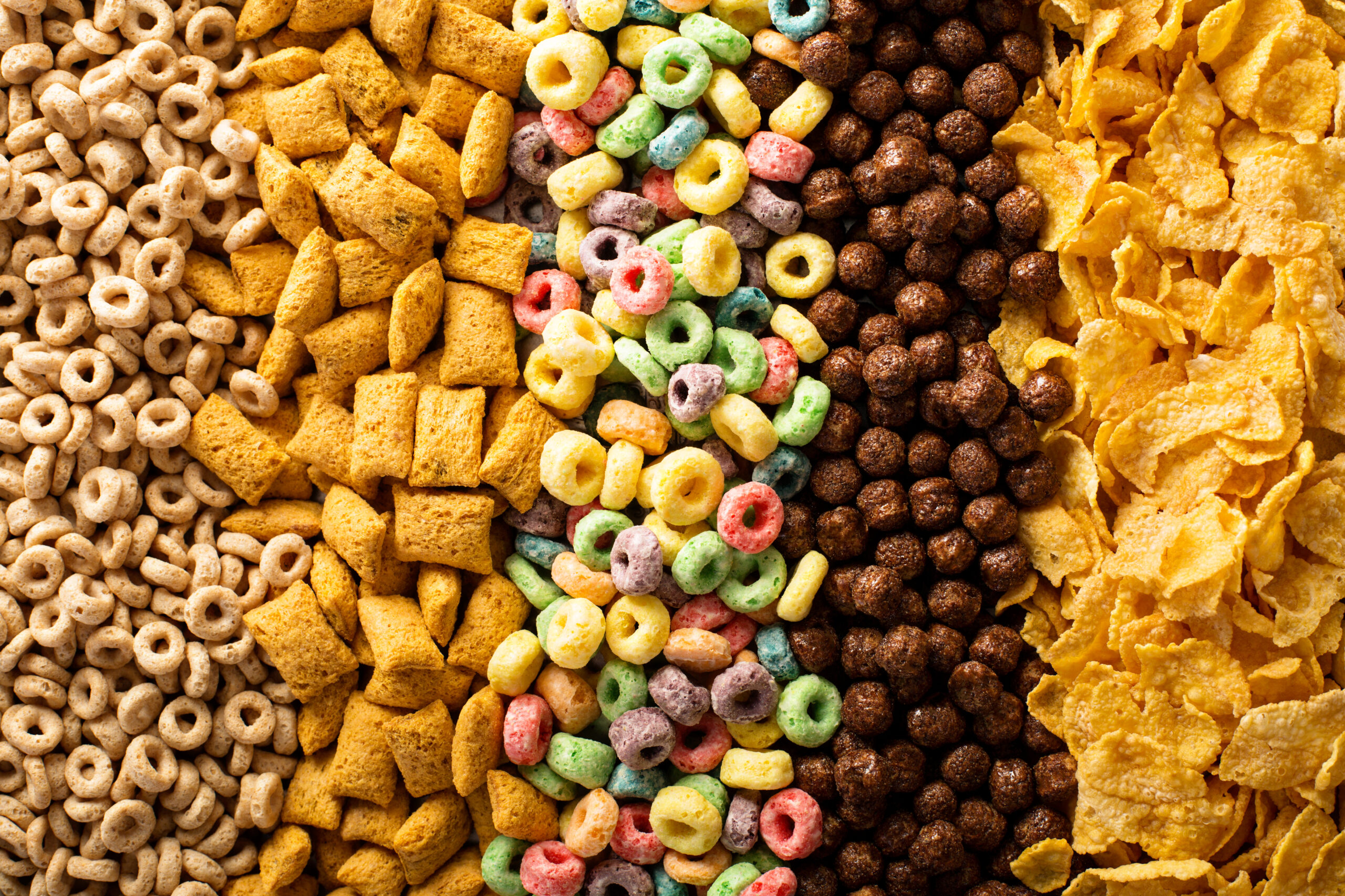
Many breakfast cereals are fortified with iron, making them a convenient option for boosting iron intake. Some cereals provide as much as 18 mg of iron per serving, depending on the brand. This makes them particularly beneficial for individuals who may struggle to get enough iron through whole foods. When choosing a fortified cereal, look for options that are also low in added sugars and high in fiber for a balanced meal. A bowl of fortified cereal in the morning can provide a substantial energy boost to start the day.
Black Beans

Black beans are another legume that is rich in iron, offering about 3.6 mg of iron per cooked cup. In addition to iron, black beans are a good source of protein and fiber, which help stabilize blood sugar levels and sustain energy throughout the day. They can be used in a variety of dishes, from soups to salads to tacos. Adding black beans to your meals regularly can help boost iron intake and combat feelings of fatigue.
Eggs
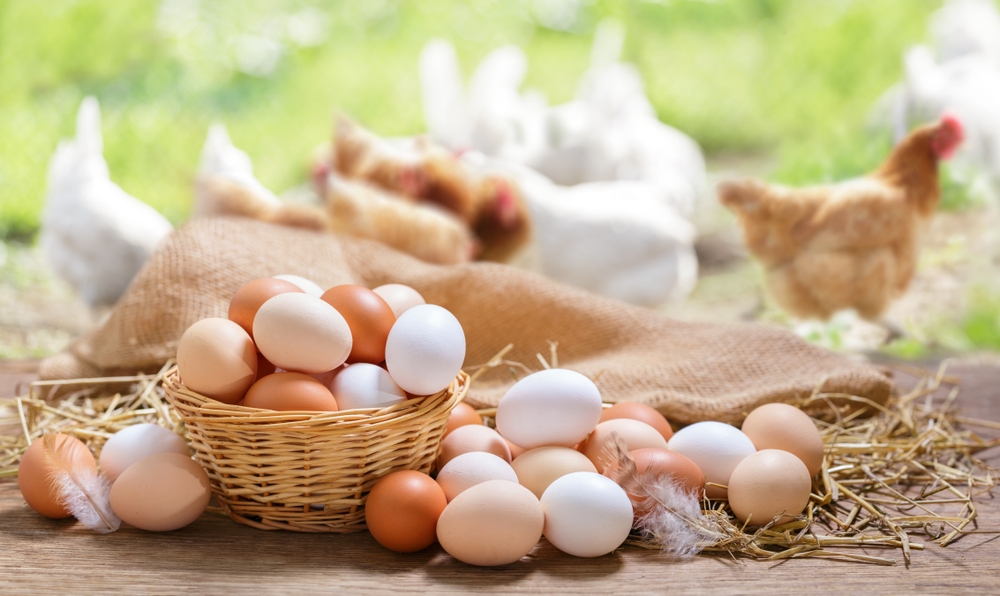
Eggs, particularly the yolks, are a good source of iron, with one large egg providing about 1 mg of iron. While the amount may seem small compared to other foods, eggs are easily incorporated into many meals and are highly bioavailable. They also provide essential vitamins like B12, which supports energy metabolism. Eggs can be enjoyed scrambled, boiled, or added to salads for a nutrient-dense meal. Including eggs in your diet can help maintain steady energy levels throughout the day.
Potatoes
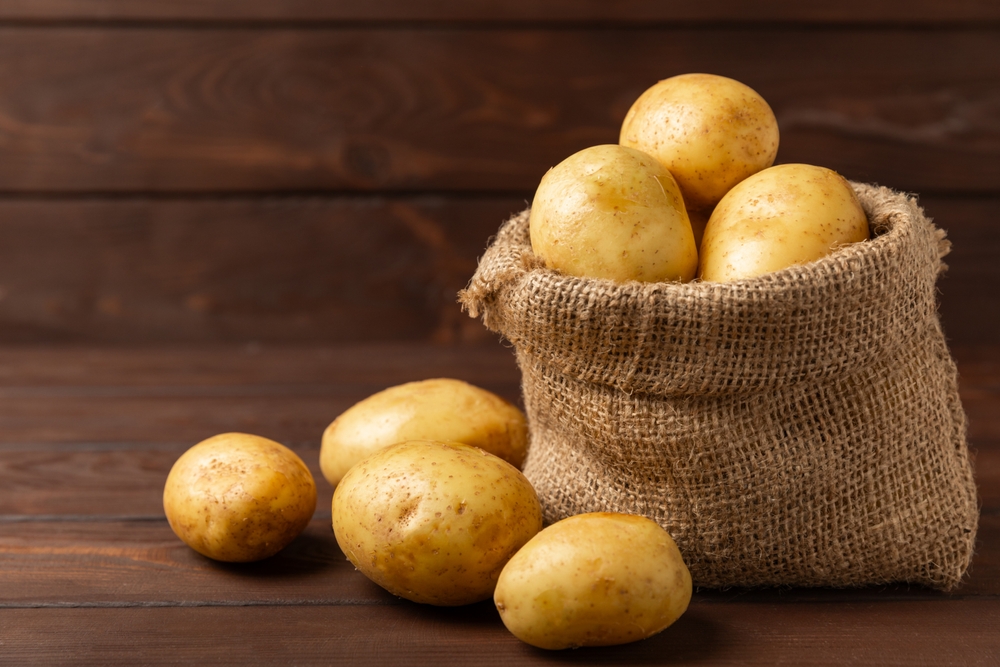
Potatoes, particularly when eaten with the skin, contain a good amount of iron, with one large potato offering about 3.2 mg of iron. They are also rich in vitamin C, which aids in the absorption of the iron they provide. Potatoes are versatile and can be prepared in various ways, from baking to boiling to roasting. Including potatoes in your meals can help boost your iron intake, especially when paired with other iron-rich foods. This makes them an excellent addition to a balanced diet aimed at reducing fatigue.
Cashews
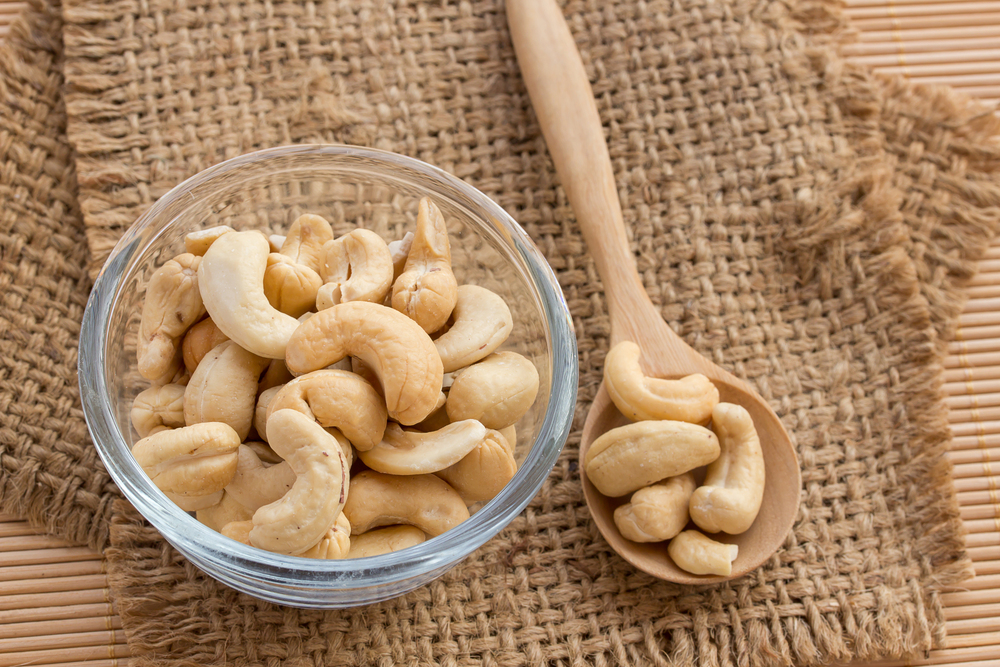
Cashews are not only a delicious snack but also provide about 1.9 mg of iron per ounce. They are also rich in healthy fats and magnesium, which support overall energy production. Cashews can be eaten on their own, added to trail mix, or used in cooking to enhance the flavor and nutrition of a dish. Regular consumption of cashews can help increase your iron levels and reduce feelings of tiredness. Pairing them with other iron-rich foods can further enhance their energy-boosting benefits.
Peas
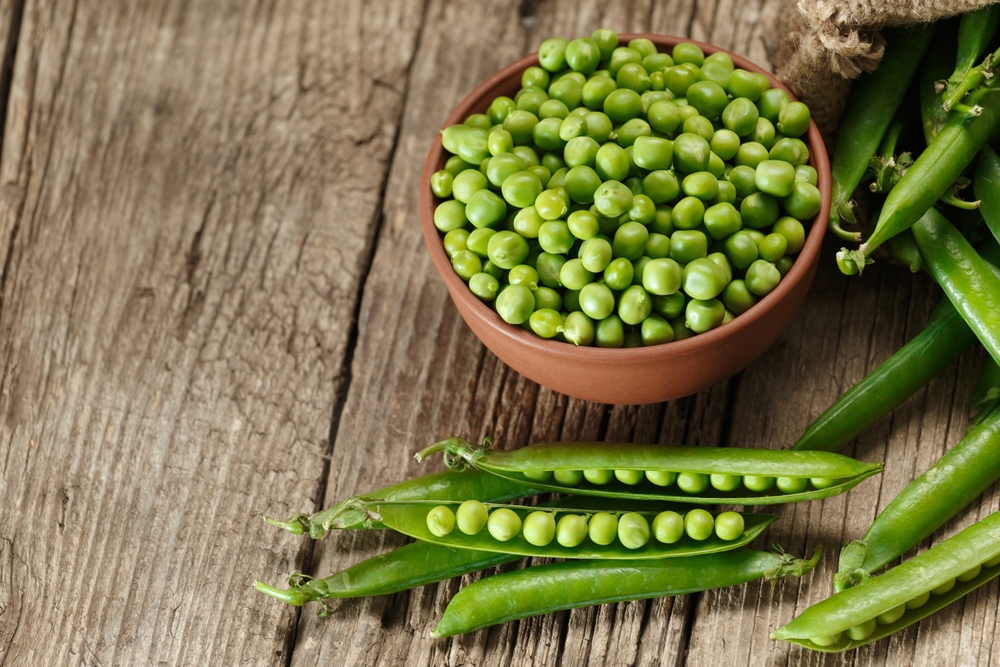
Peas, whether fresh or frozen, offer a good amount of iron, providing about 2.1 mg of iron per cup. They are also rich in fiber and vitamin C, making them a great addition to any meal to help with iron absorption. Peas can be added to soups, stews, salads, or enjoyed as a simple side dish. Their mild flavor makes them easy to incorporate into a variety of dishes. Consuming peas regularly can help you meet your iron needs and keep fatigue at bay.
This article originally appeared on RetailShout.
More From RetailShout
14 Smart Hacks to Save Big on Wedding Food and Beverages

Weddings are joyous celebrations of love and commitment, where every detail reflects the couple’s unique style and personality. However, orchestrating such an event often comes with a hefty price tag, particularly when it comes to food and drinks. Read More.
15 Foods People Secretly Dislike but Pretend to Love
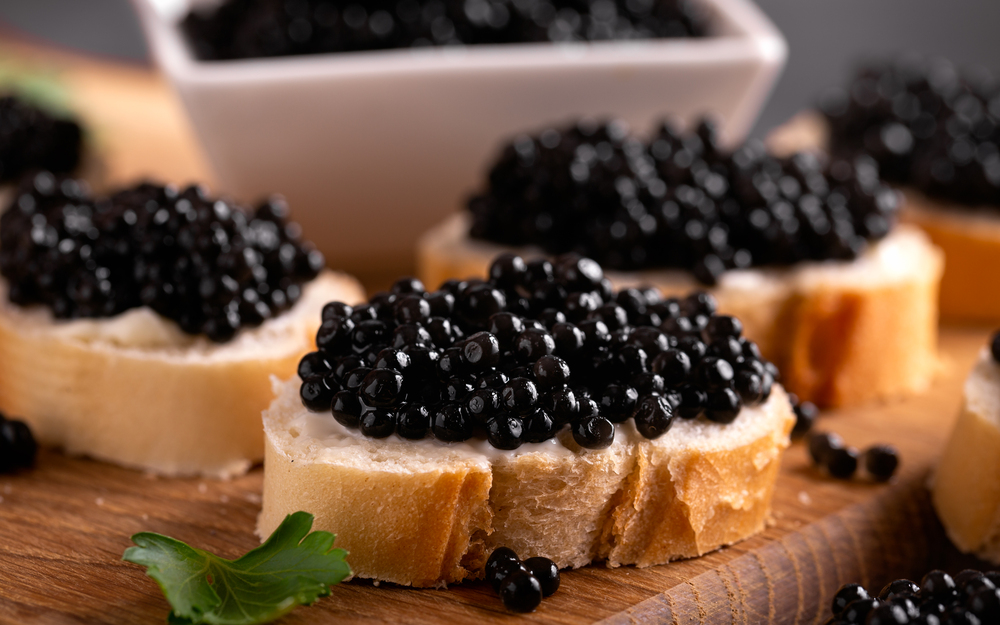
We’ve all been there—stuck in a conversation where everyone raves about a certain dish that you secretly can’t stand. Some foods earn their place in our diets not because they’re delicious, but because they carry a certain social cachet. Read More.
13 Spooky Trader Joe’s Finds Customers Can’t Get Enough of This Fall

Fall at Trader Joe’s is always an exciting time, especially for those who love all things spooky. They’ve got some really cool seasonal products and spooky-themed treats and decord that make it a go-to spot for autumn lovers. Read More.

